Toyota GR Yaris Review: A Homologation Hero Worthy Of The Hype
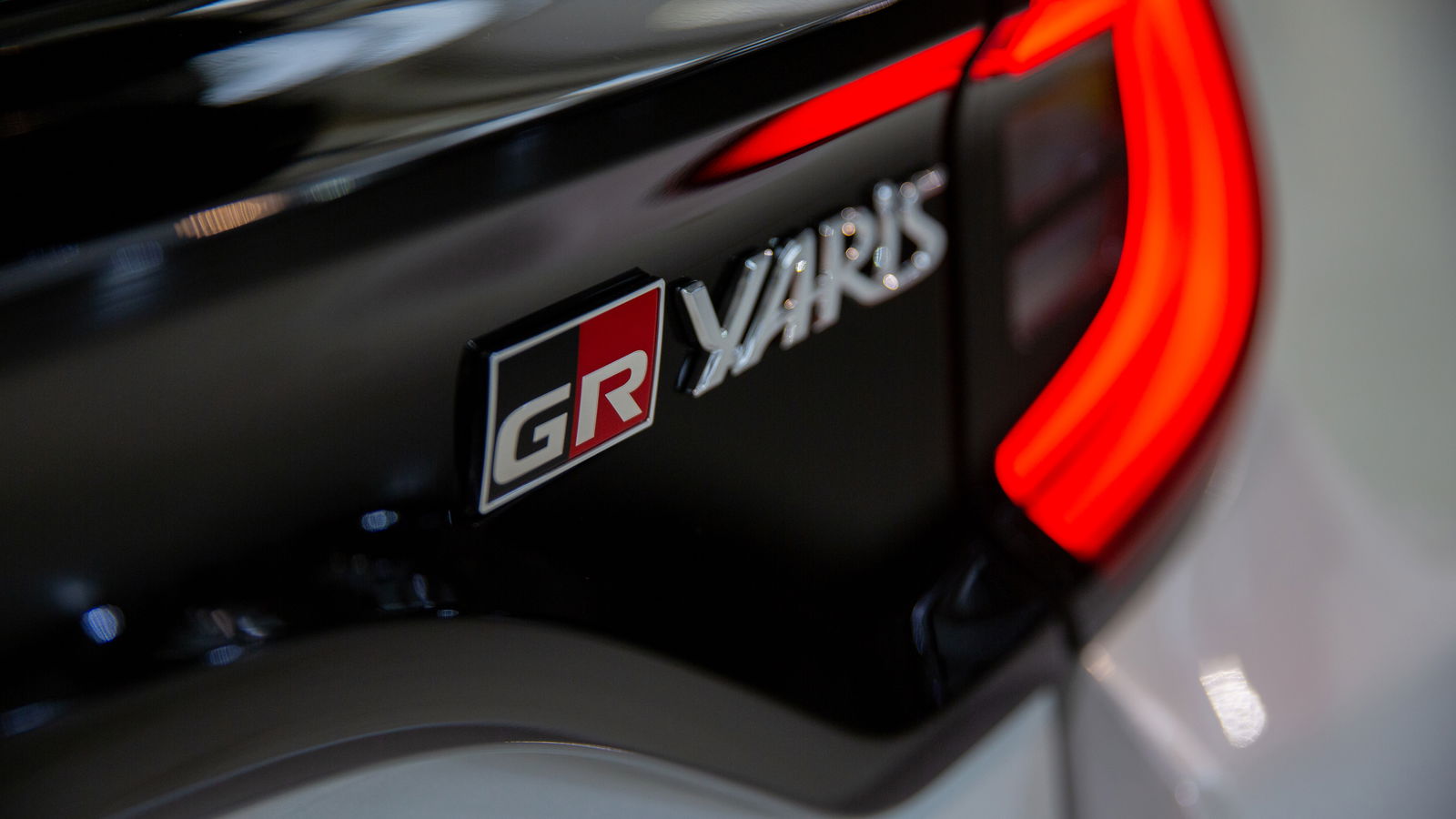
Pros
Cons
Akio Toyoda is not your usual car company boss. A couple of years ago, he decided a Toyota Century GRMN prototype needed to be his official transportation. The man races in prestigious events like the 24 Hours of Nurburgring as ‘Morizo’ - his ‘master test driver’ psuedonym, and personally took part in the development of the GR Yaris. He even appeared in a teaser video for the car.
In fact, the whole project was his idea. Having used joint ventures to get the GT86 and the GR Supra out the door, Akio wanted a new performance car solely developed by Toyota. A homologation special that shares little with the standard Yaris other than the name, takes ten times as long to build, and is still relatively affordable. Stress-induced headaches must be common for Toyota’s accountants.
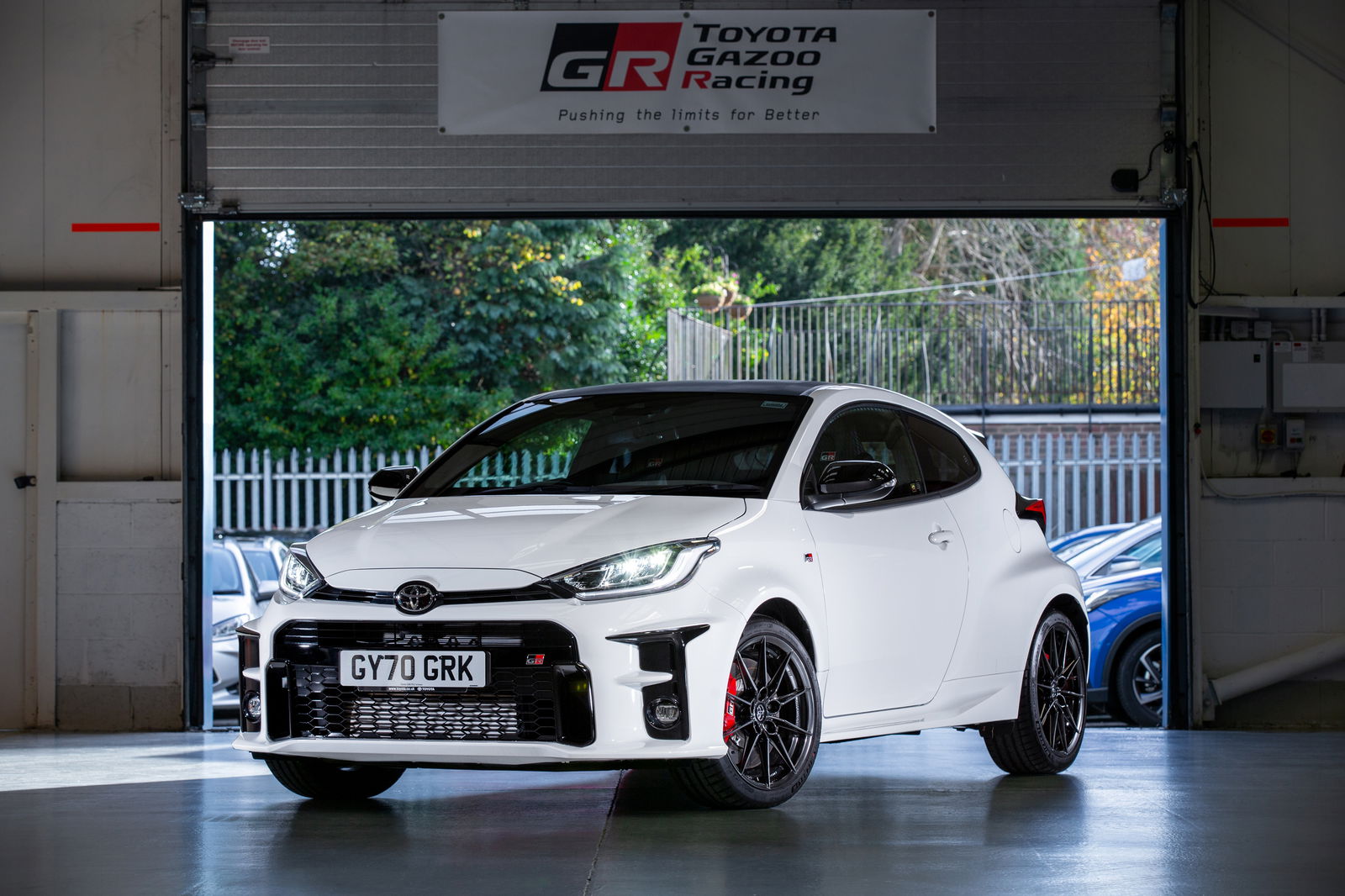
But after all that, the WRC car the GR Yaris was to homologate ended up getting canned. It was only due to compete for one season before the new hybrid rules came into force, but with Covid-19 restricting Toyota Gazoo Racing’s planned testing programme, it decided to bin the GR Yaris WRC and field its current car in 2021 instead.
As we’ve discussed before, though, this merely sweetens the GR Yaris road car. Like the 222D MR2, the cancellation somehow makes the car cooler. Only this time, the road car side of the equation is still very much on, and although Toyota no longer has to, it’ll still make 25,000. Potentially more, if the demand is there, chief engineer Naohiko Saito hinted during a phone interview the same week as our drive in the car.
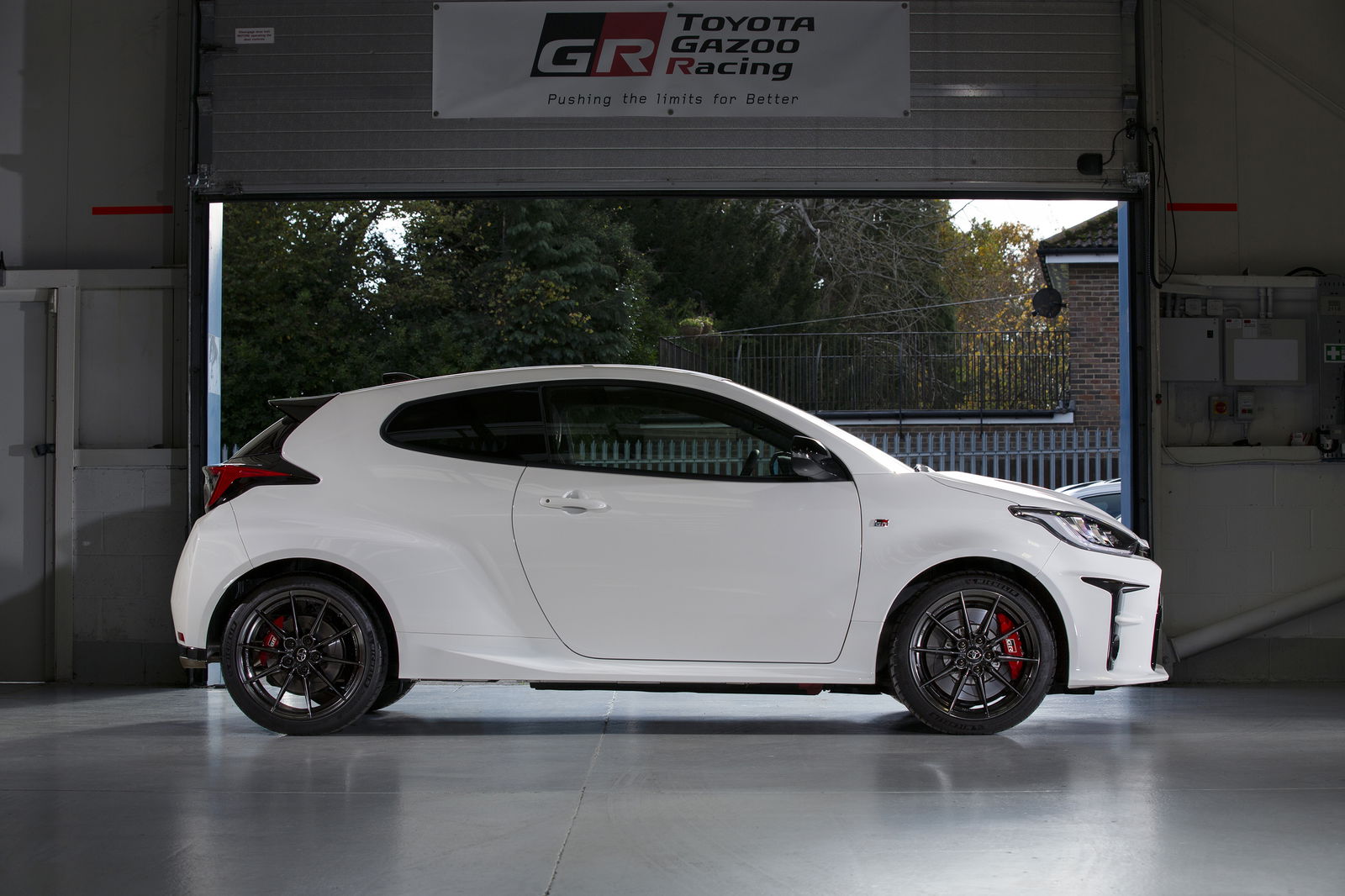
That drive is, by the way, probably the one I’ve been most nervous about all year. The weight of the hype sitting on its small but muscular shoulders is ridiculous. It seemingly has all the ingredients it needs, of course - a lightweight, permanent all-wheel drive system, a 257bhp inline-three turbo engine, and a unique three-door body.
This new shell features a 91mm lower roofline than a regular Yaris, and that roof is made from carbonfibre-reinforced plastic. The bonnet, boot lid and doors are aluminium, meanwhile, with all these choices led by the fact the rally car has to be built from the same materials. The only body parts it shares with a normal Yaris are the light clusters, and even the platform is different - it’s made by joining the front of the Yaris’ GA-B architecture with the double-wishbone rear of the GA-C building block.
The result is a 1280kg, 257bhp hot hatch with a proper all-wheel drive system. On paper, it sounds incredible. But that doesn’t guarantee it’s going to be awesome in the real world.
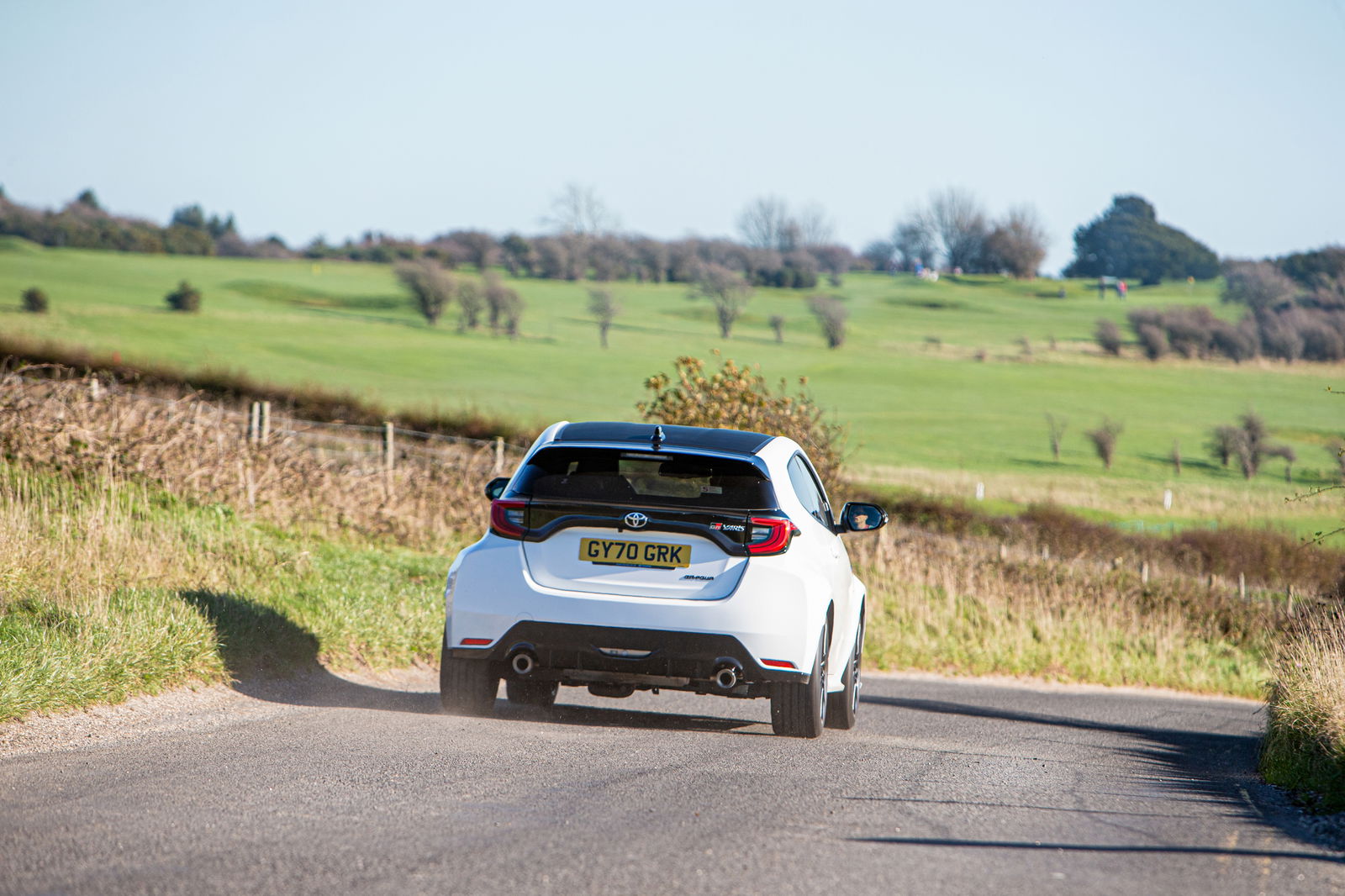
After the joy of seeing its wide-arched proportions in the metal, getting behind the wheel serves up the first disappointment. Yes, the ‘Ultrasuede’ seats are lovely and nicely supportive, but not much about the interior screams bonkers homologation hatchback. The instrument binnacle is just plain boring.
Setting off, proceedings take a much more positive route. There’s a manual handbrake to disengage (all other Yari have electronic parking brakes), and the beautifully short-throw, precise-feeling manual gearbox quickly impresses. Leaving town behind, though, disappointment number two rears its head - the noise.
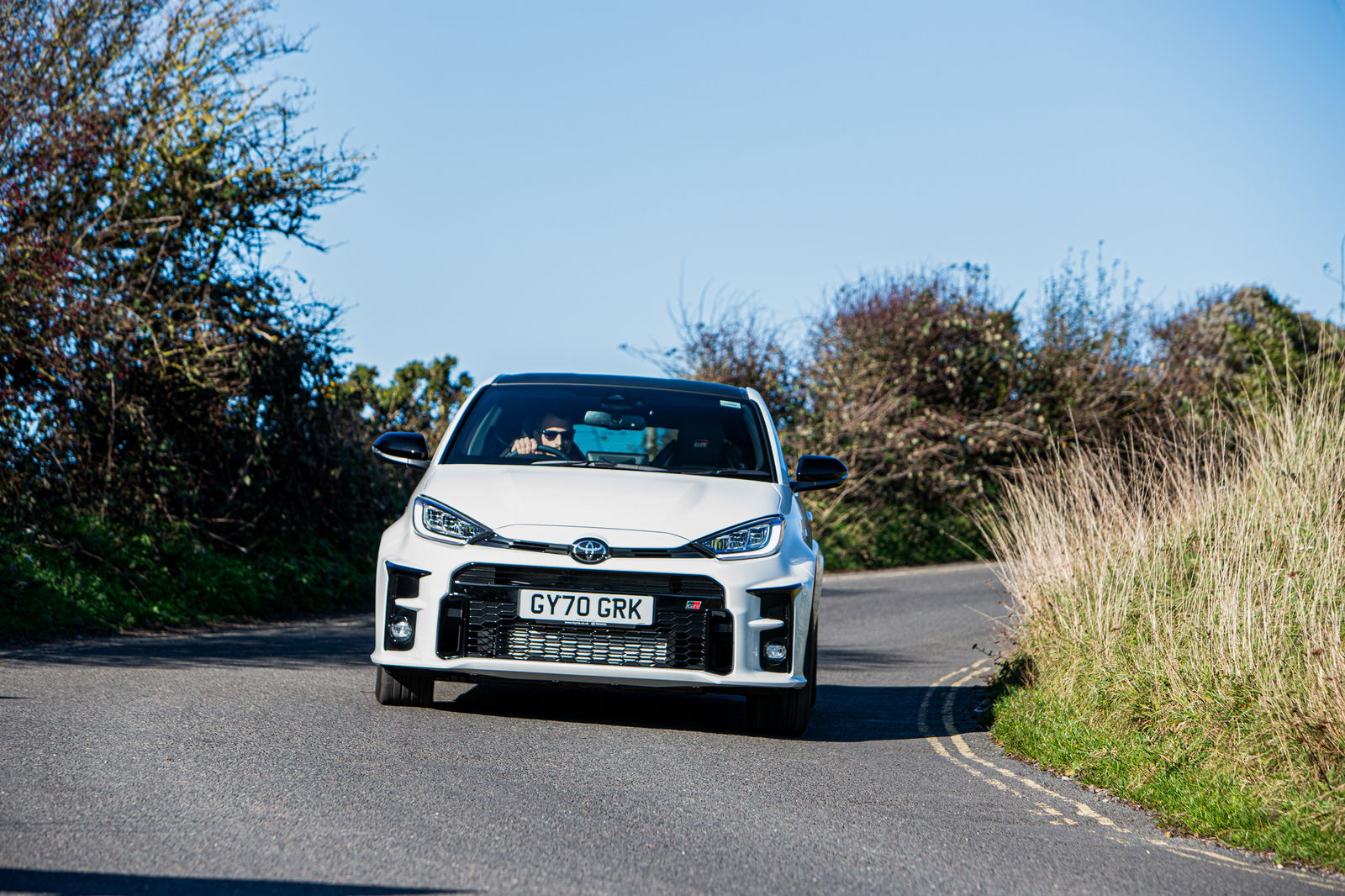
The 1.6-litre inline-three’s mildly fizzy din is augmented through the speakers, and while not entirely offensive, the sound isn’t all that pleasant either. I’d be happy with the car simply being a little quieter. Thankfully, the straight-line performance makes you forget about the less than spectacular noise almost immediately - god, this thing feels fast.
5.5 seconds to 62mph may not seem that impressive when every other all-wheel drive hot hatch dispatches the benchmark sprint in under five seconds, but none - aside from the Mercedes-AMG A45, perhaps - feel as ballistic as this when you put your foot down. The low weight figure and the small size certainly help the impression of speed but be in no doubt - that 1.6 is a little monster of an engine.
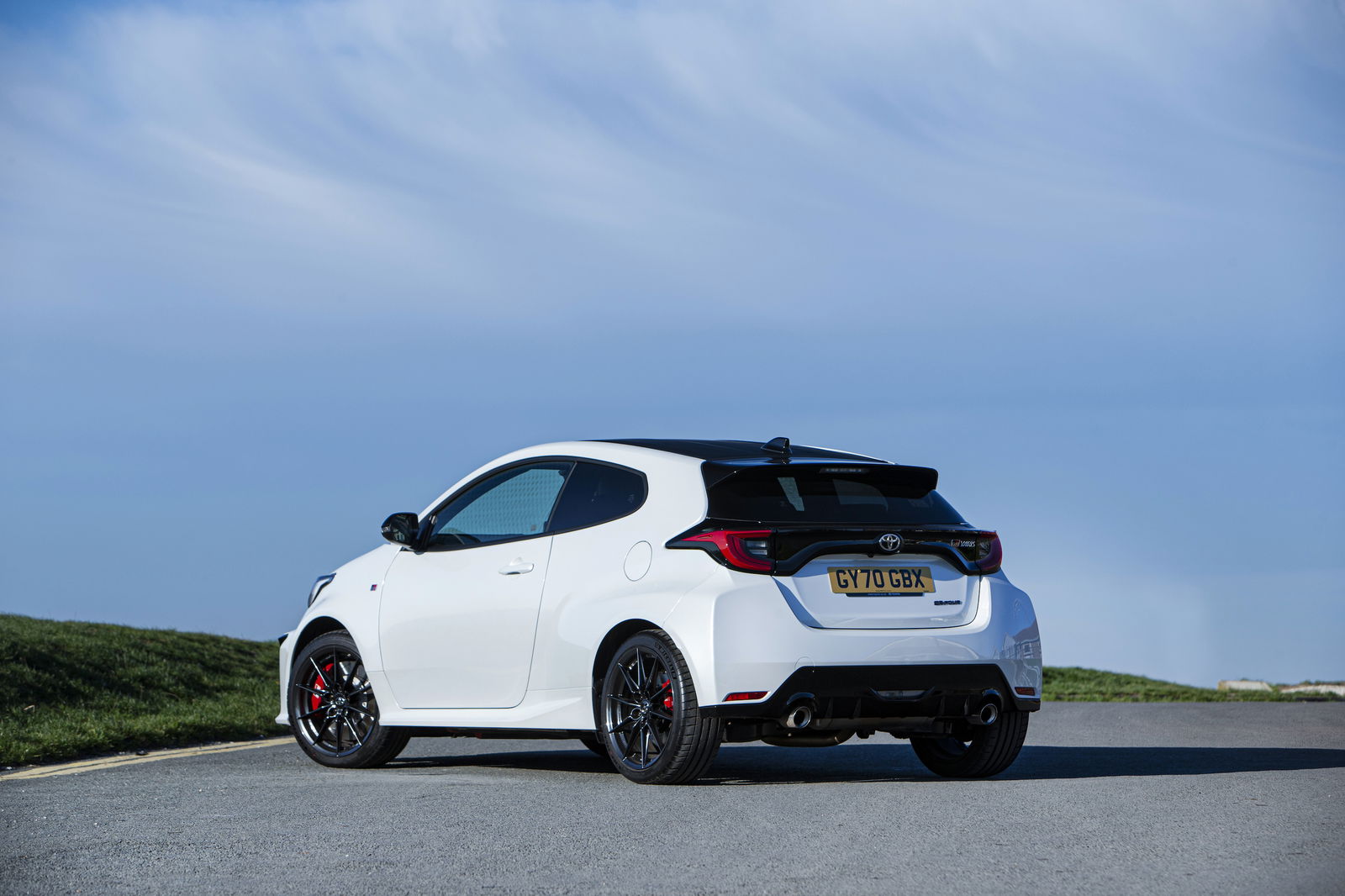
It doesn’t have as wide an operating window as some modern turbo engines, since you’re made to wait until 3500rpm for it to really get going. There’s a sizeable dose of lag, too, but that adds to the experience, I’d argue. Peak power comes in at 6500rpm, and there’s not much point in progressing beyond that point to the 7000rpm rev limiter. As it reaches the end of the line, the triple peters out slightly, and doesn’t make the most tuneful of noises.
That immediately impressive manual shift feels all the more delightful at speed, and thanks to some reasonably short ratios in the six-speed gearbox, it’s something experienced frequently. Toyota even tweaked the pedal layout and enlarged the brake pedal to make heel-and-toe downshifts more achievable, although it’s still not the easiest car for it, with the middle pedal sitting too high relative to the throttle. If preferred, there is an auto rev-matching function which is easily turned on and off.
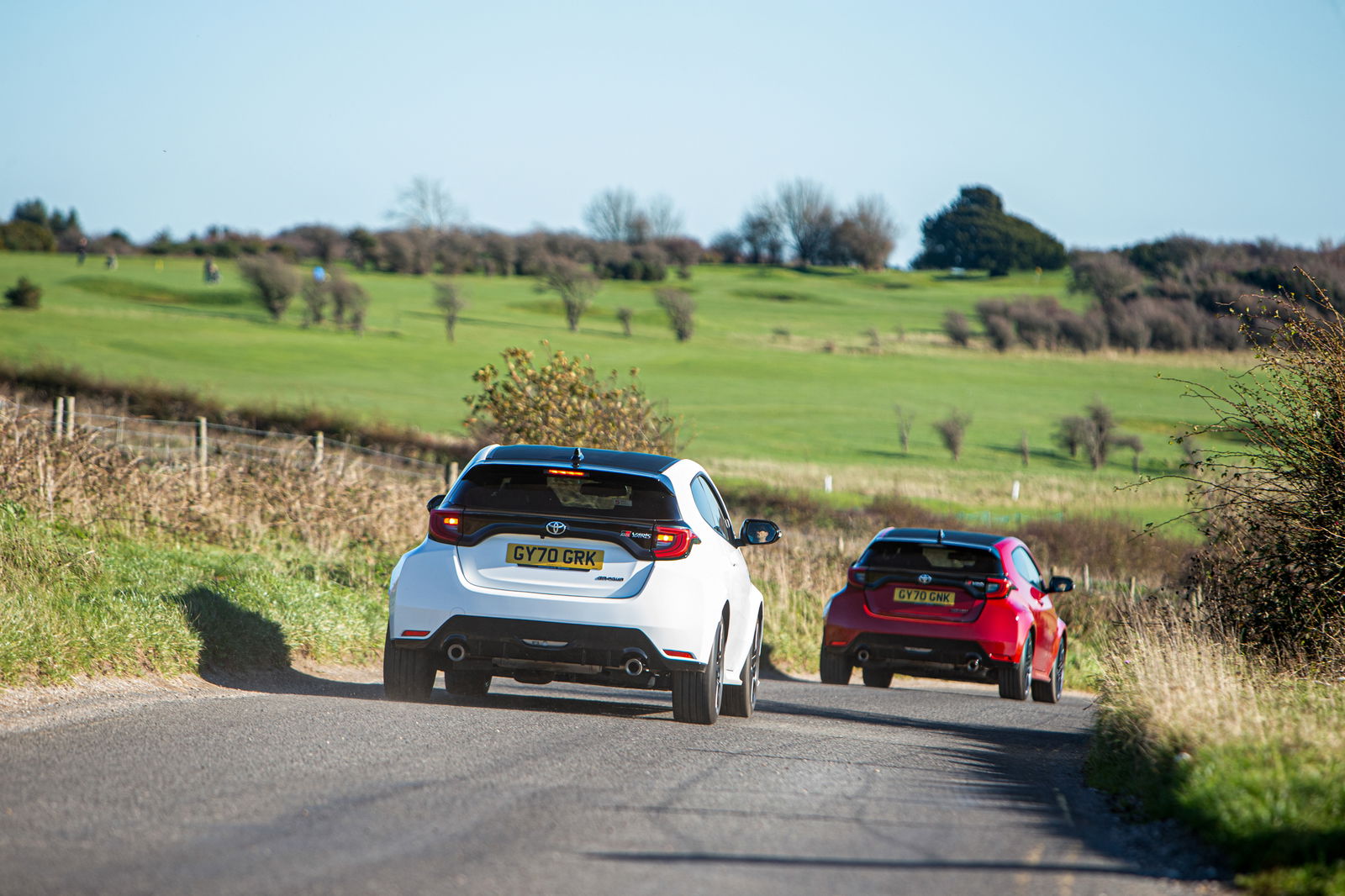
Although there are three main drive modes, I can’t help myself, and go straight for the ‘Sport’ mode with its 30/70 front/rear torque split. This doesn’t automatically turn the GR Yaris into a drift god, before you get too excited. Instead, you feel a subtle but satisfying push from the rear axle, and if really taxed, the Yaris can be nudged into oversteer territory.
Just getting to that point takes some doing, though, with tremendous traction from this Circuit Pack model and its front and rear Torsen limited-slip differentials. Lateral grip is unflappable too, and the fast, perfectly weighted electric power steering even gives small but meaningful feedback. In the name of saving weight the dampers are of the passive variety, and although they verge on being too firm, the GR Yaris tracks the road without bouncing around nervously.

Fun though Sport mode is, it’s not the fastest way to cover ground. That’d be the 50:50 ‘Track’ setting, which predictably makes the car a lot more neutral, while still giving some slip at the rear. The 60:40 ‘Normal’ mode makes the GR Yaris drive an awful lot like its bigger all-wheel drive competitors, with oodles of traction eventually giving way to predictable understeer.
This hot hatch is best left in Sport, though. Set thusly, it doesn’t feel like anything else out there. Yes, oversteering all-wheel drive hot hatches are now a thing courtesy of the Ford Focus RS and the Mercedes-AMG A45, but they both feel weirdly artificial when stepping out at the rear. I suspect it’ll be the same for the incoming VW Golf 8 R.
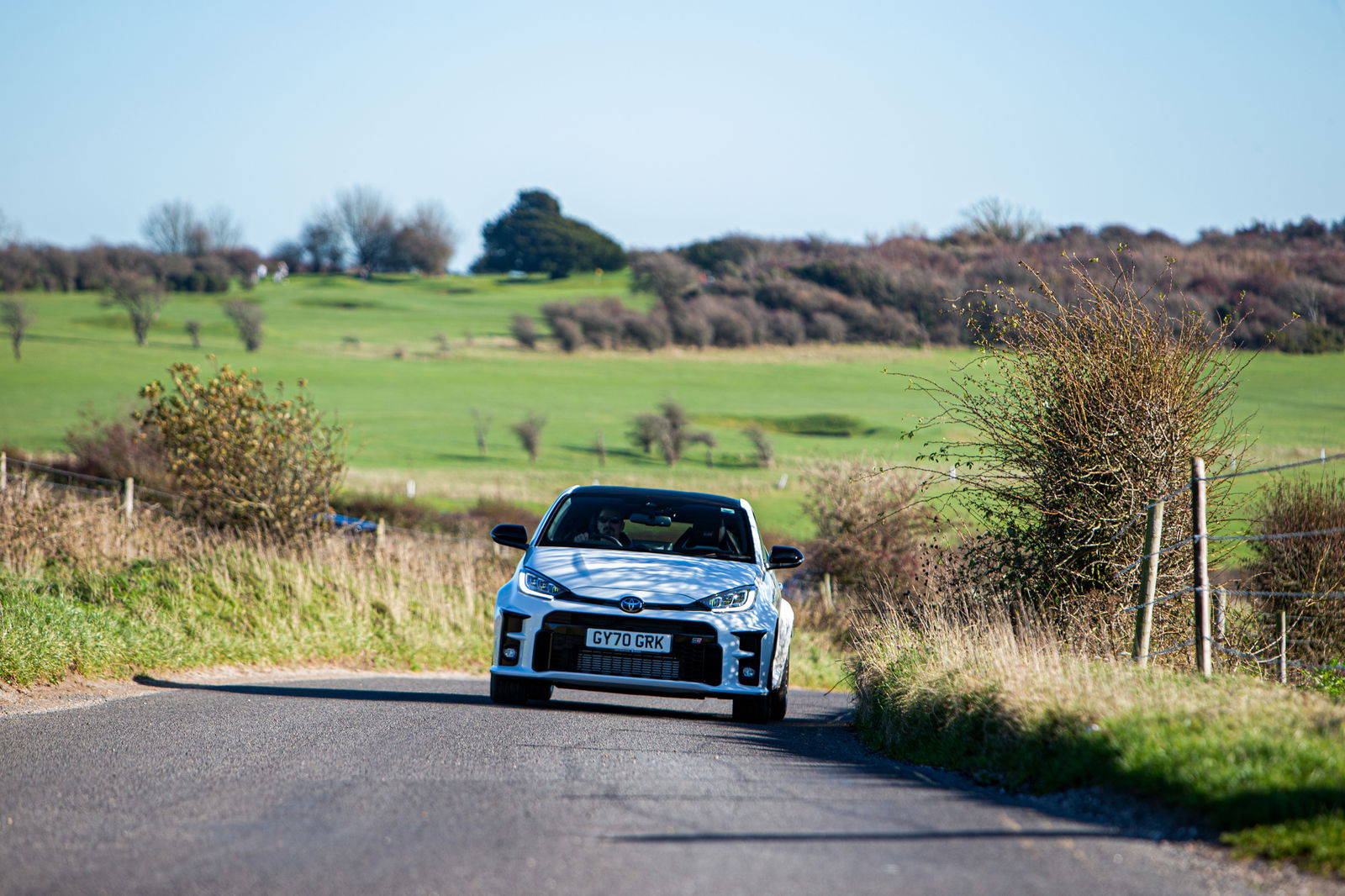
The GR Yaris is much more natural than that. It isn’t overburdened with clever but unnecessary electronics. It’s a car for someone who appreciates old-fashioned but innovative engineering over clever software shenanigans.
It is, in almost every way, brilliant, and considering the bespoke work gone into its development and how labour-intensive it’ll be to build, £29,995 for the entry-level version and £33,495 for this Circuit Pack car represents an absurd bargain. In that interview with Saito-san, he seemed to suggest Toyota is building so many that the project makes more financial sense than you might think, but if any money is being made on these at all, the margins are surely wafer-thin.
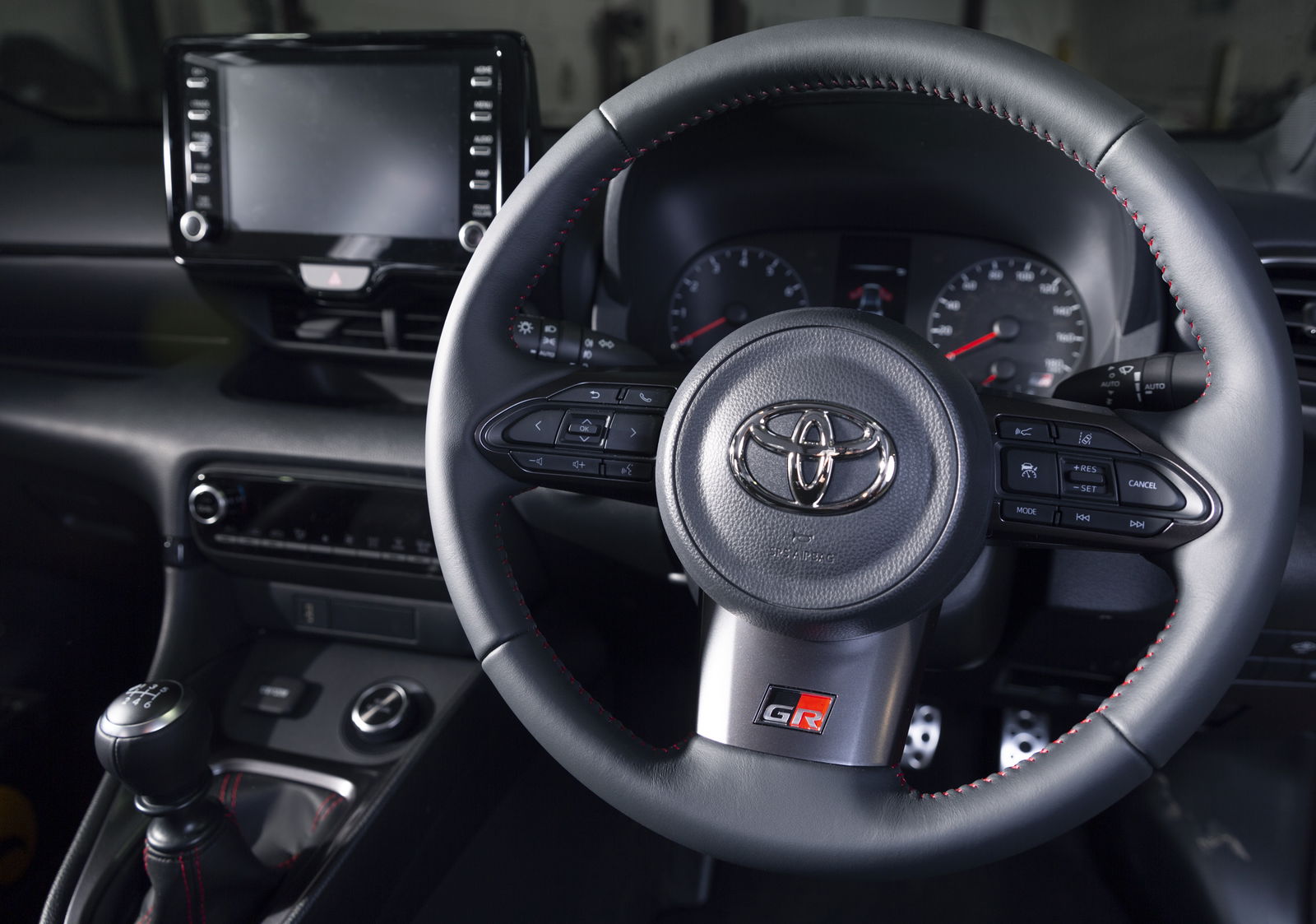
The price is close enough to the god-like Ford Fiesta ST to make you think twice and lower than bigger C- Segment hot hatches like the Honda Civic Type R. If you don’t need the extra cabin and boot space (and not everyone does) the GR Yaris looks like a seriously strong alternative.
Ultimately, though, the GR Yaris doesn’t really have rivals. It does its own thing, and is unlike any other performance car out there. And I’m not sure Toyota will ever be able to top it.
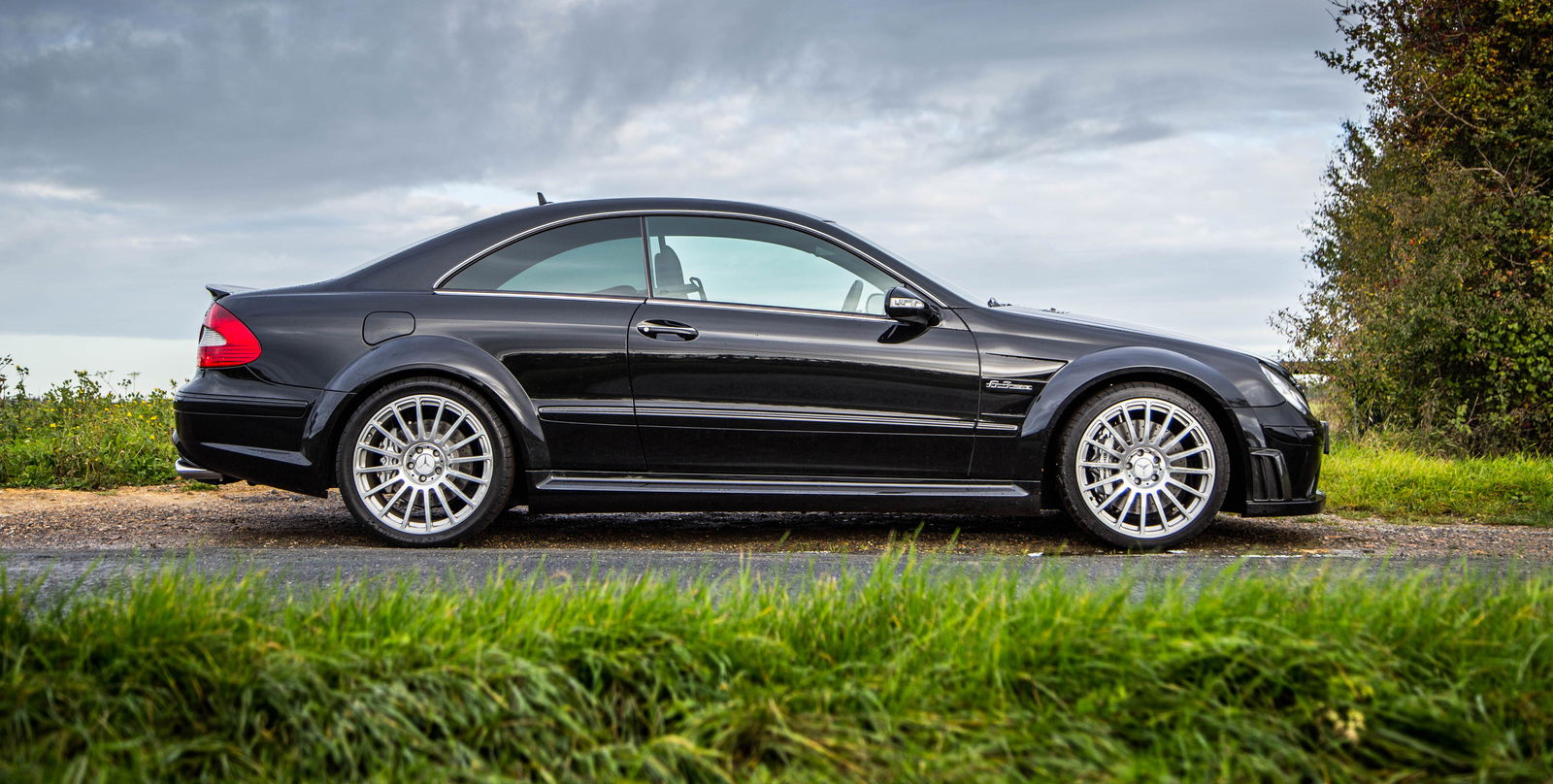
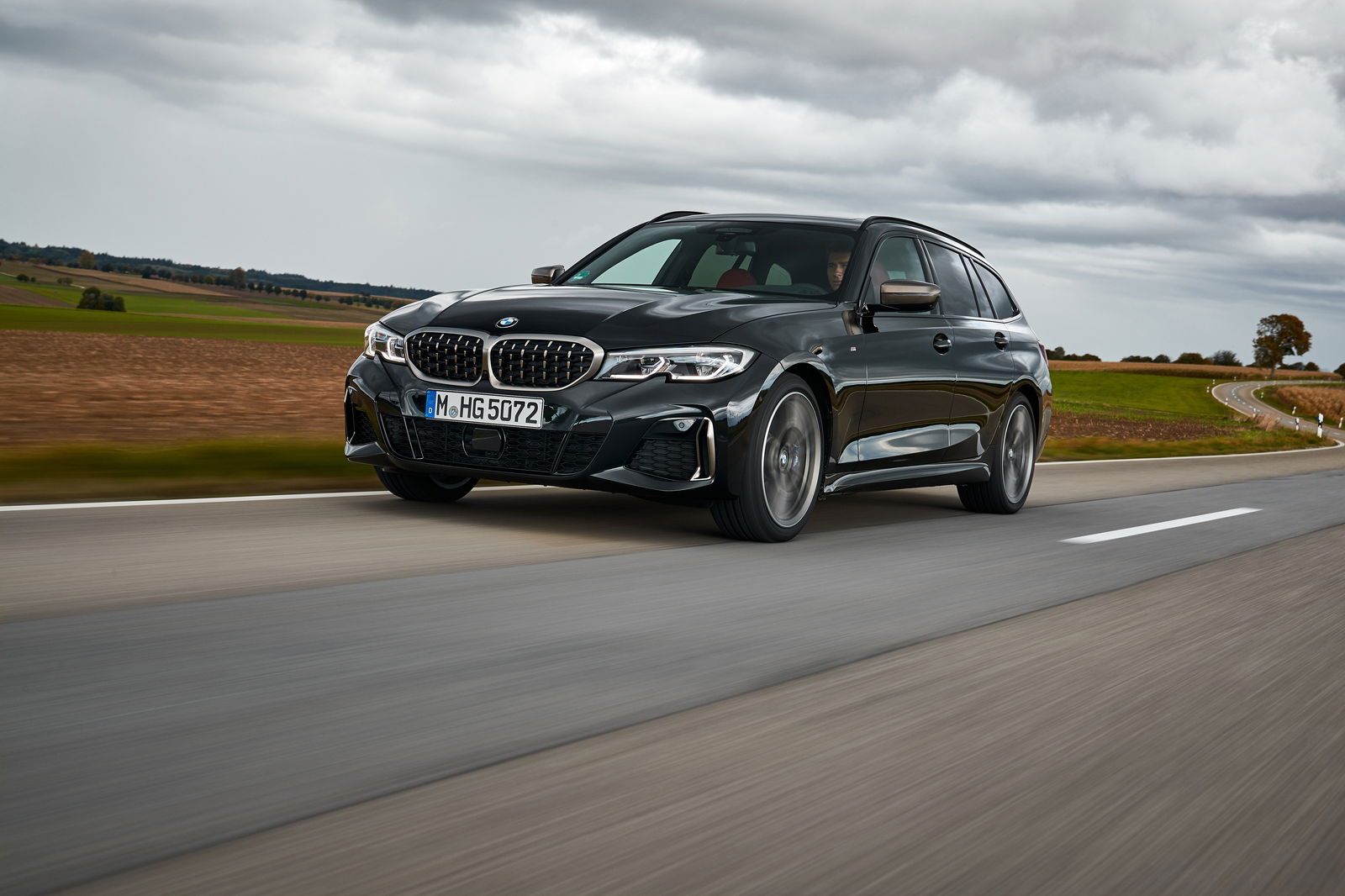

Comments
The biggest problem I have with it still remains the looks: it just looks weird and not all that sporty. Then the price: with conversion it’s $44.1k USD or $57.4k CAD, and the base model would be $39.4k USD or $51.4k CAD. That’s more expensive than a Golf R or a Civic Type R, and it’s more expensive than a Mustang GT, a WRX STI, even a 1SS 1LE Camaro. And at the end, even if it’s an homologation special and everything, even if it would have been imported to North America, I still think it would have been a monumental flop. You’re looking at over $50k CAD for a 260 hp three door, three cylinder AWD hatch. Even with that money I wouldn’t consider it: it looks strange and you can get a CTR, a WRX STI or a 1SS 1LE Camaro for less.
doesnt make up for that awful method of mounting the infotainment system. It looks like that if you pull on it it may bend or snap off
Could you write an article on the potential running costs of this, saw people getting quotes for the GRMN discs and pads in excess of £2000 inc labour costs!